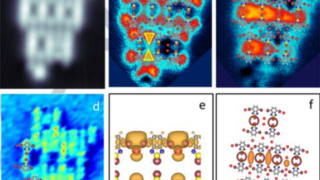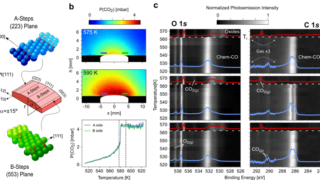
Hybrid 2D materials as a novel platform for tunable superconductivity
Transition metal dichalcogenides (TMDs) are layered compounds which can be thinned down to the single-layer limit. While mechanical exfoliation generates atomically thin TMD flakes possessing an area of a few square microns, chemical and physical methods provide high-quality monolayers on large-area substrates, which are suitable for actual technological applications. Similar to other two-dimensional materials, TMD […]



